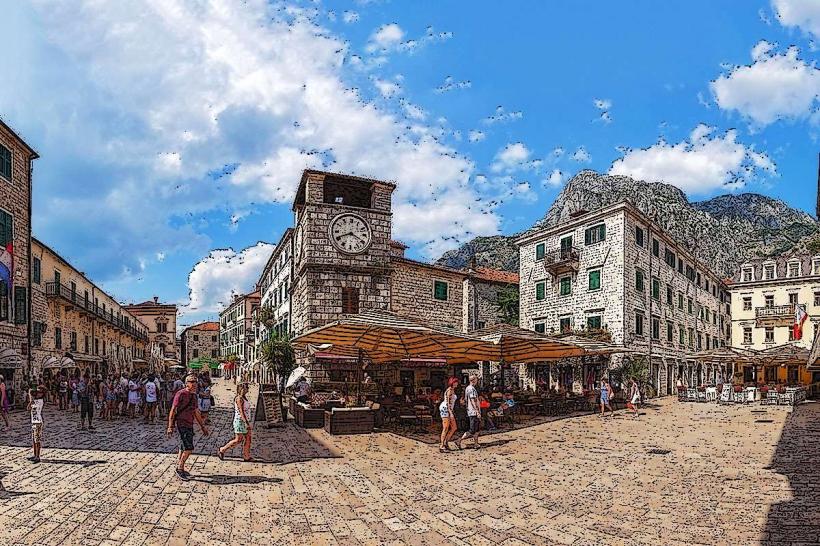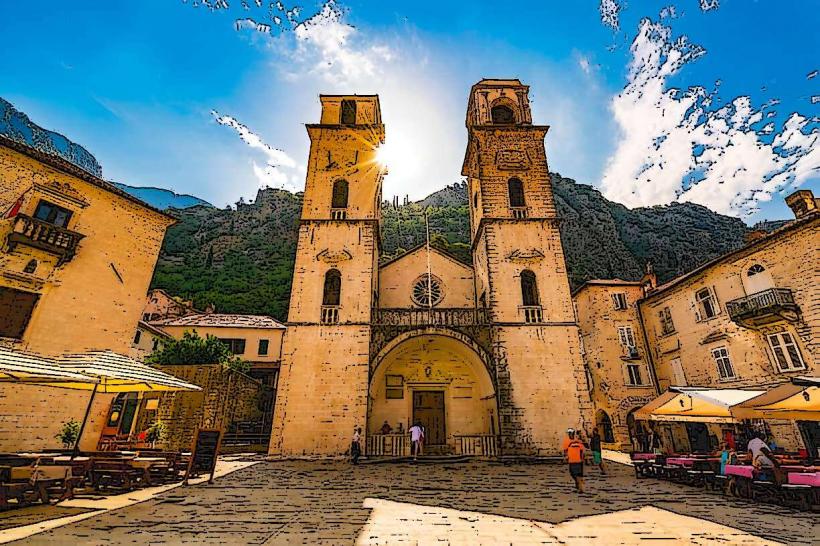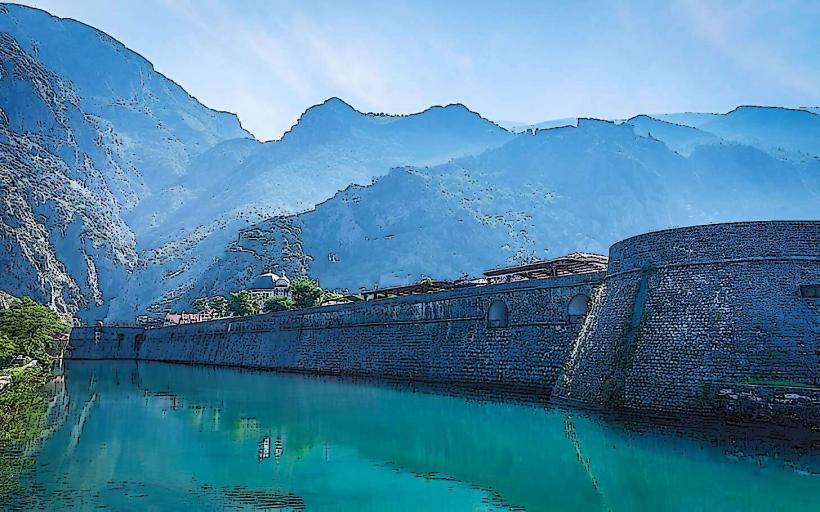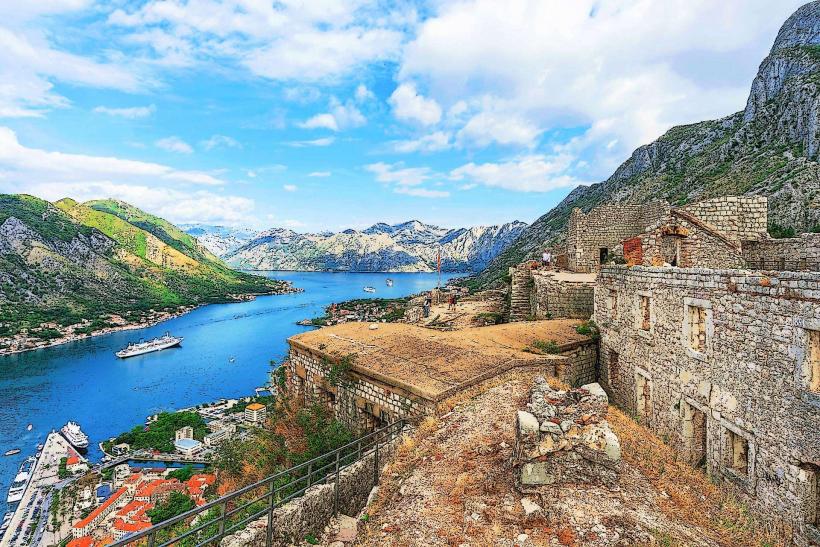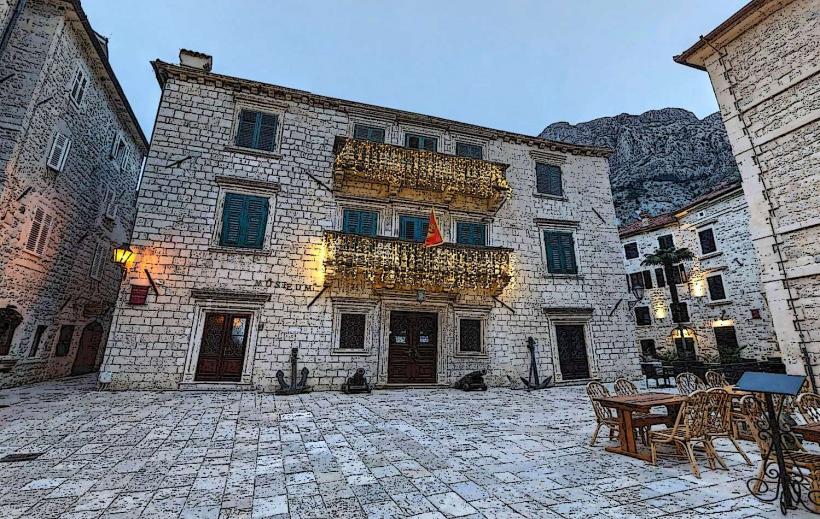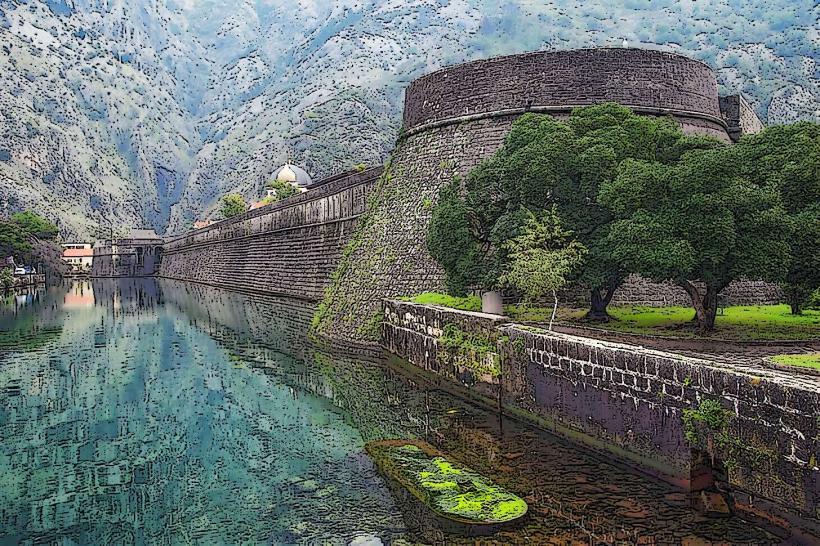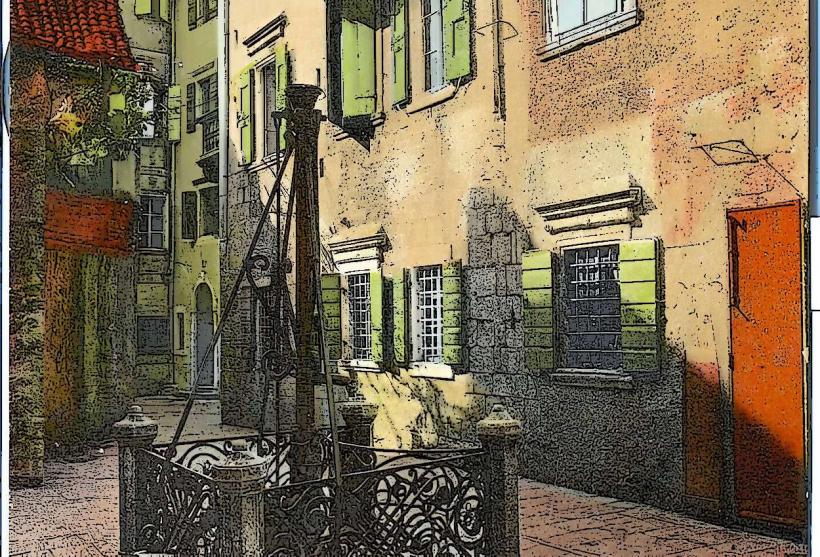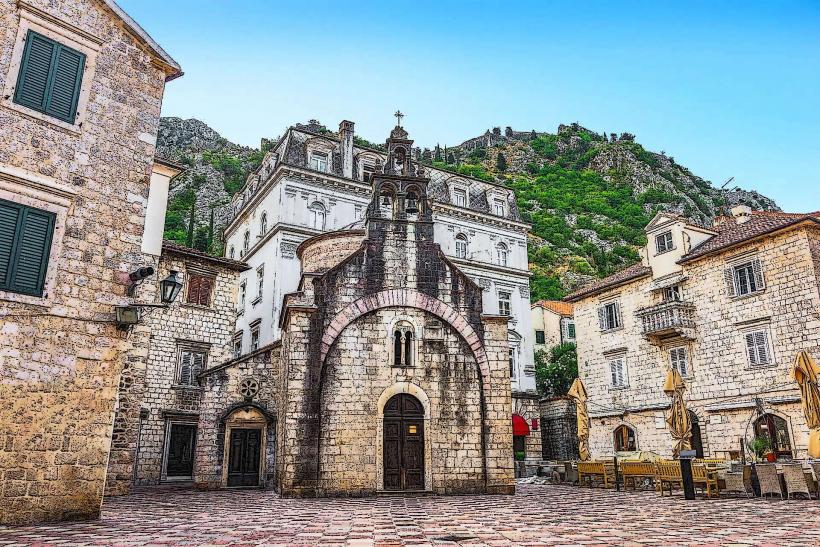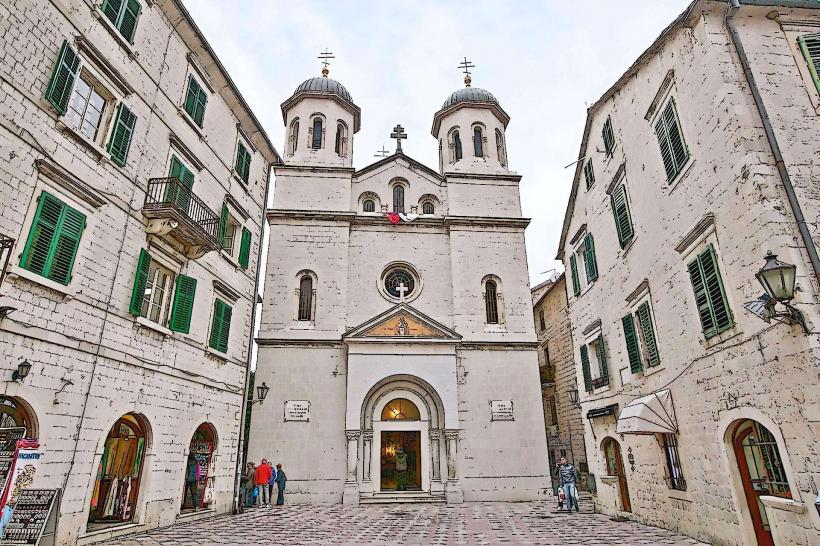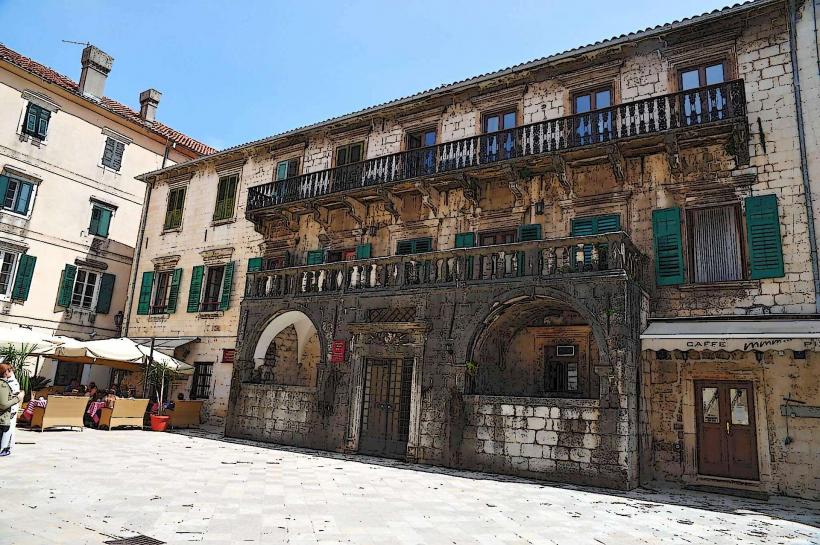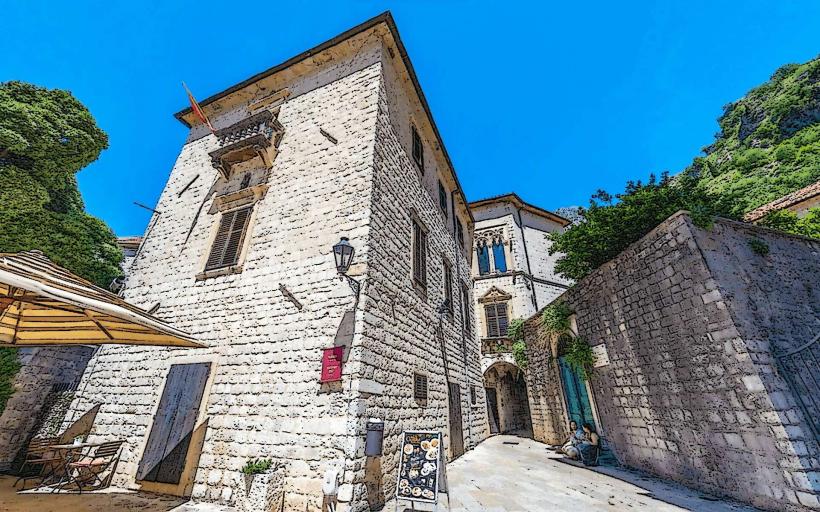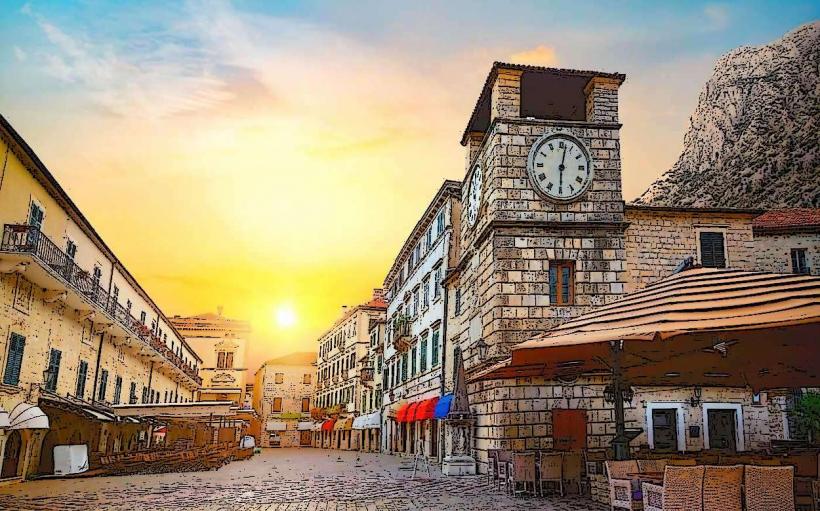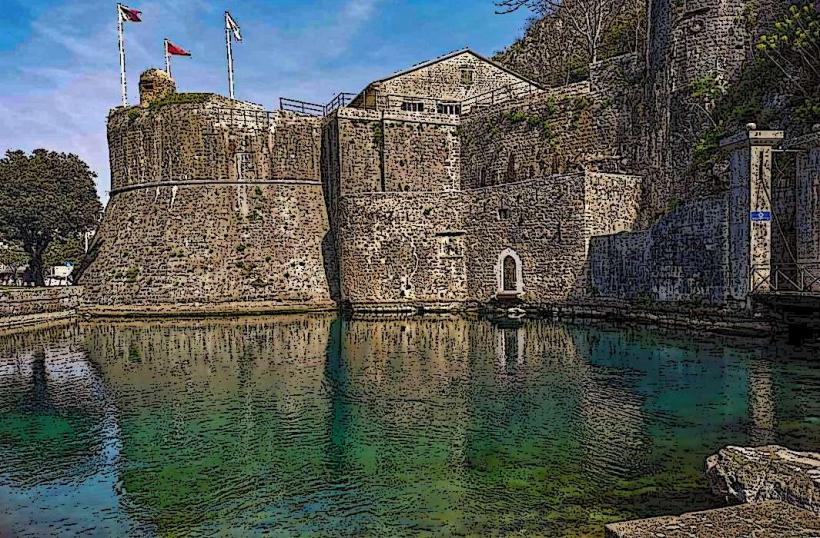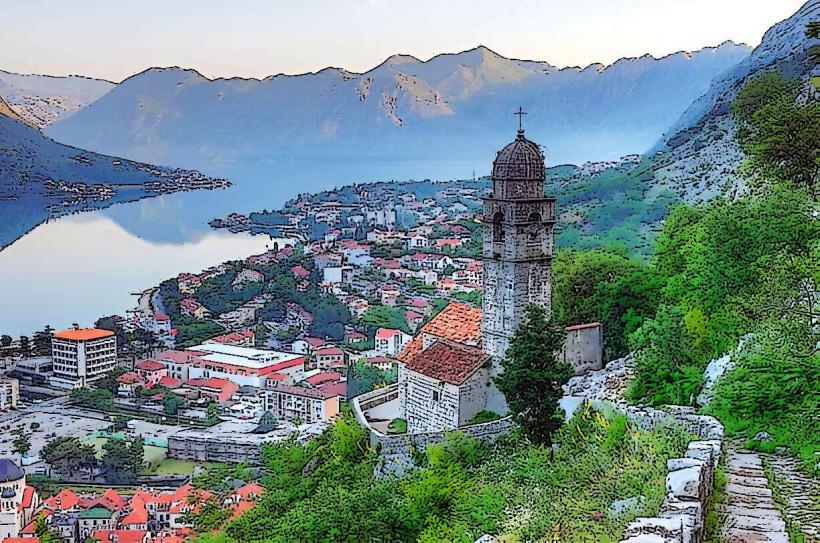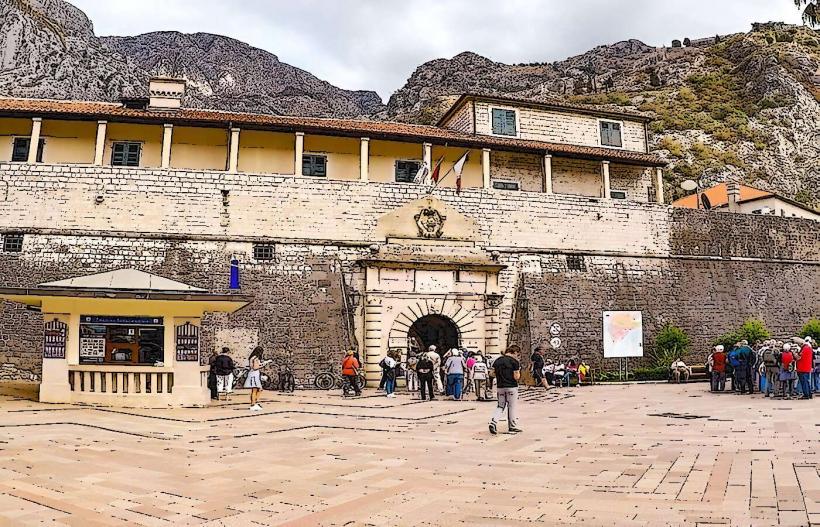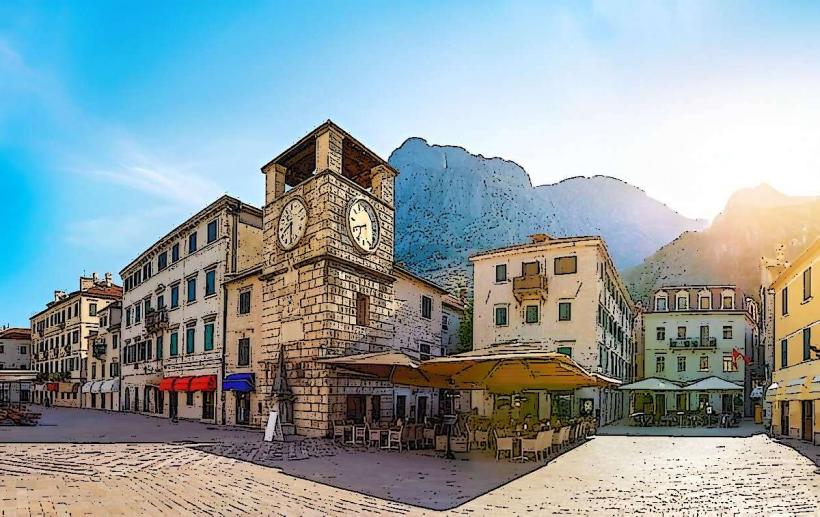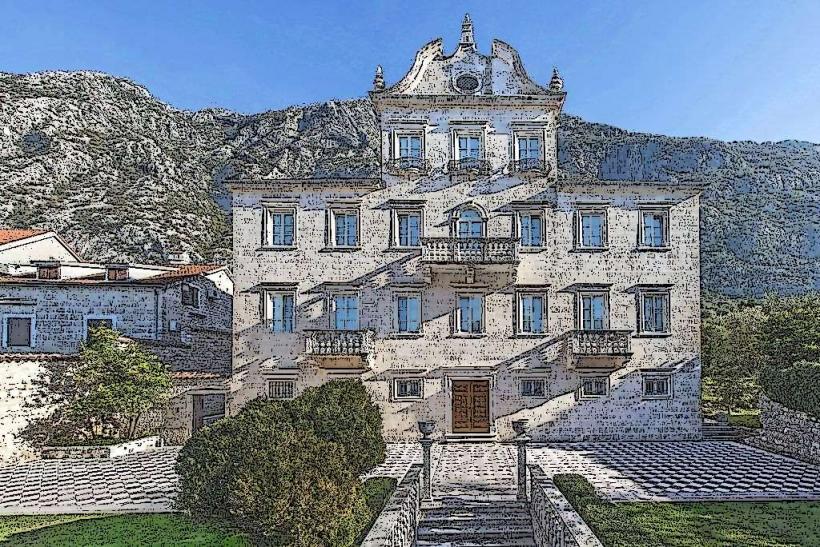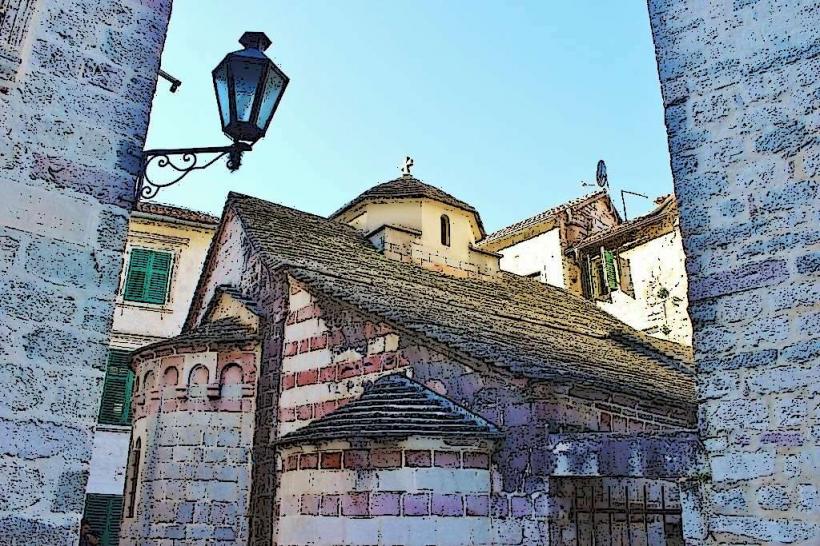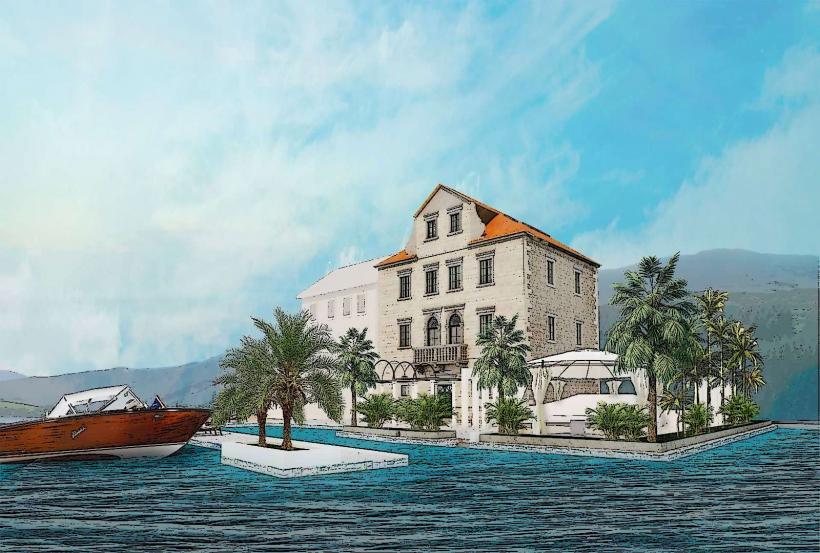Information
Landmark: River ŠkurdaCity: Kotor
Country: Montenegro
Continent: Europe
The Škurda River is a small but significant river located in Montenegro, particularly in the region surrounding Kotor, a town located on the Bay of Kotor. It is known for its role in the natural landscape of the area, contributing to the hydrology of the region as well as shaping parts of the Old Town of Kotor.
Geography and Flow
- The Škurda River is a short river that originates in the mountainous area near the town of Kotor. It flows into the Bay of Kotor, one of the largest natural harbors in the Mediterranean, though its path through the town is relatively brief.
- The river's course is influenced by the steep mountainous terrain of the surrounding Lovćen mountain range, making its flow fast and short. It descends through valleys and canyons, with its waters contributing to the hydrological system of the Bay of Kotor.
Role in Kotor's History and Architecture
The Škurda River has been historically important for the town of Kotor, as it played a role in both the economy and defensive structures of the city.
1. Water Supply and Irrigation
- In the past, the Škurda River served as a source of fresh water for Kotor. It was vital in providing the town with water, especially given its location between the mountains and the sea.
- The river also contributed to the irrigation of the fertile areas surrounding the town, supporting agriculture and food production.
2. Defense System
- The river played a role in the fortifications of Kotor. The city walls and defensive towers were designed not only to keep out invaders but also to incorporate natural elements like rivers and streams into their defense strategy.
- The Škurda River also provided a natural barrier for the town, enhancing its defensibility. In earlier times, the river’s flow would have made it more difficult for enemies to breach the city.
Environmental Significance
- The Škurda River is a source of biodiversity in the region, supporting a variety of flora and fauna along its course. The freshwater ecosystems in the riverbanks contribute to the natural beauty and diversity of the area surrounding Kotor.
- The river and its surrounding landscape are part of the scenic beauty that attracts visitors to Kotor. The presence of the river helps sustain the unique Mediterranean ecosystems that are found in the Bay of Kotor.
Modern-Day Role and Preservation
While the Škurda River no longer serves as a central source of water for Kotor, it remains an important feature in the town's natural and historical landscape.
1. Tourism and Scenic Value
- The Škurda River and its valley are part of the natural attractions that draw tourists to the region. The river’s flow through the area adds to the picturesque charm of Kotor, especially as visitors explore the Old Town and the surrounding hills.
- The river is often included in walking tours of the Old Town, offering a glimpse of the natural environment that has shaped Kotor’s development over the centuries.
2. Environmental Protection
- The Škurda River is part of the larger natural heritage of the Bay of Kotor. Preservation efforts in the region focus on maintaining the integrity of the river and its surrounding ecosystems to ensure the continued health of the biodiversity and water quality in the area.
- With Kotor being part of a UNESCO World Heritage Site, there are ongoing efforts to protect the natural resources, including rivers like the Škurda, from the pressures of development and environmental degradation.
Conclusion
The Škurda River is a small but historically significant river in the Kotor region of Montenegro. It has played an important role in the town's history, both as a source of water and as part of its defensive infrastructure. Today, it remains an important natural feature, contributing to the biodiversity of the Bay of Kotor and adding to the scenic beauty of the area. While no longer central to the town’s daily life, the river remains an essential part of the environmental and historical heritage of Kotor.

